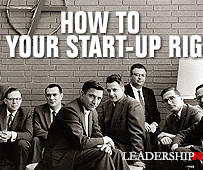Leading Thoughts for May 11, 2023
Leading Blog
MAY 11, 2023
Labeling makes it difficult to create a workplace culture with constructive communication and teams committed to improving performance.” Source: The Anxious Achiever: Turn Your Biggest Fears into Your Leadership Superpower II.












Let's personalize your content